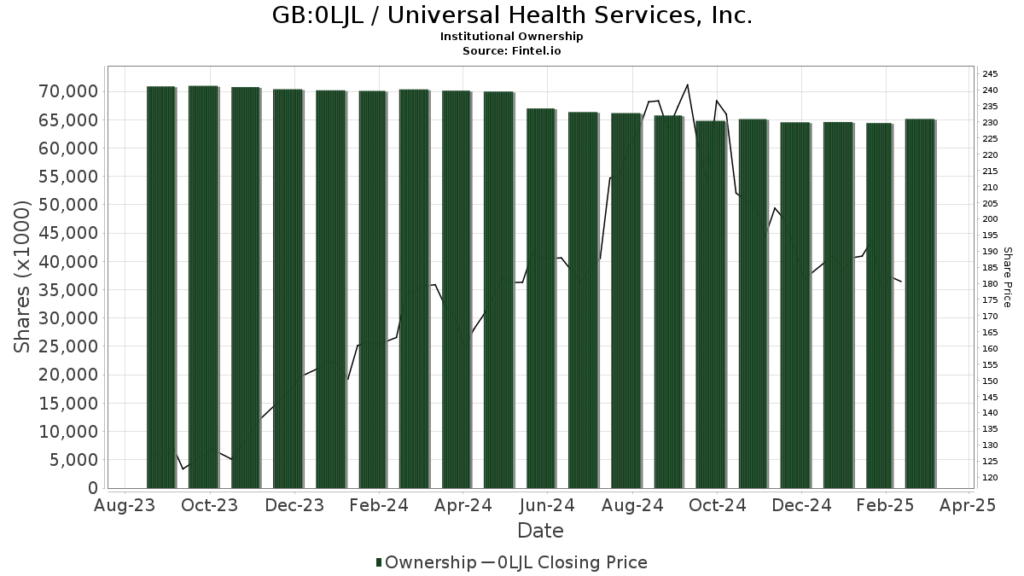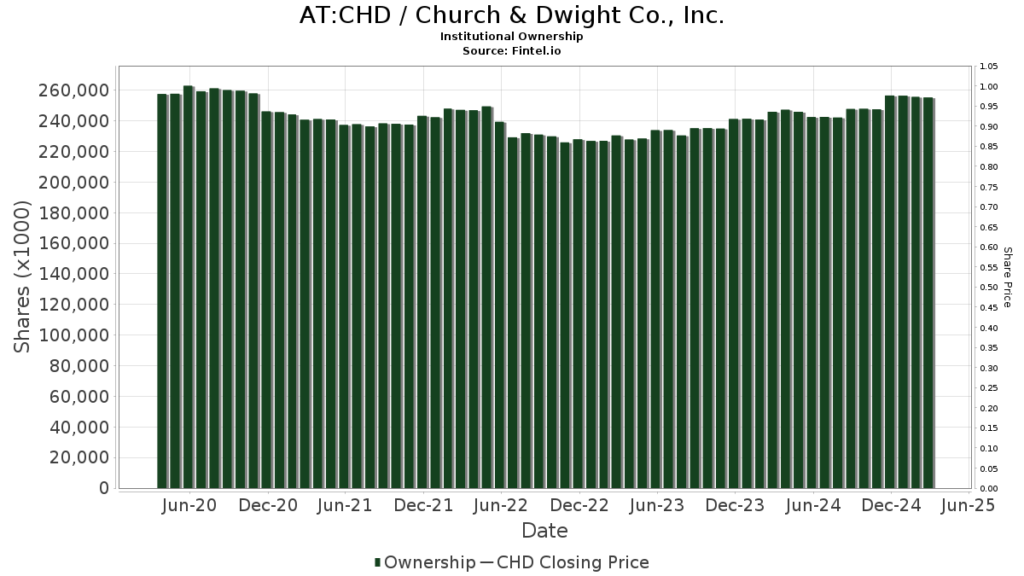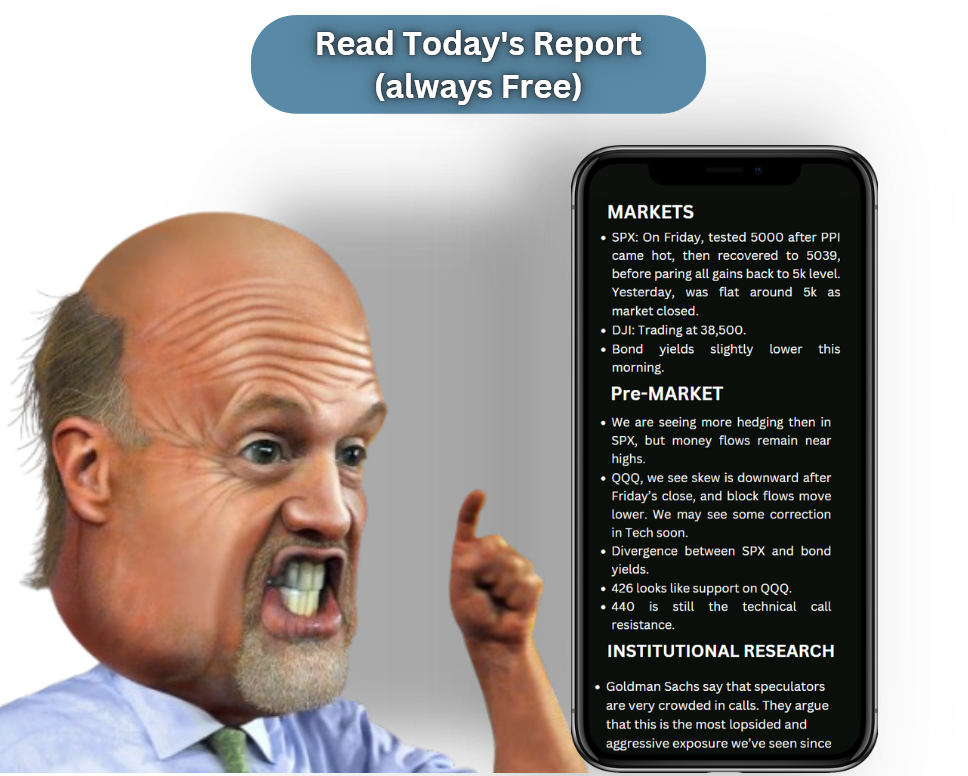Analyzing The Trade Desk: Potential Rebound Amid Market Challenges
Despite significant challenges in 2025, The Trade Desk (TTD) presents a potential buying opportunity. The stock has dropped nearly 60%, trading currently at $50—just above a key support level where it typically bounces back, except for in 2024. Beneath these downward trends, TTD remains an industry leader. Unlike tech giants like Google (NASDAQ:GOOG), Amazon (NASDAQ:AMZN), and Meta (NASDAQ:META), which treat their demand-side platforms as secondary businesses, TTD focuses exclusively on programmatic advertising. Remarkably, the company’s revenue increased by 22% last quarter, and with an annual growth rate exceeding 25% and improving operating margins, TTD is not a company in disarray. If the market stabilizes, the current price could represent an excellent buying chance.
However, investing in a single stock involves significant risks. For those looking to mitigate risk while maintaining upside potential, consider the High-Quality Portfolio, which has consistently outperformed the S&P 500 with returns exceeding 91% since its inception.

Focused Growth Metrics
- Achieved revenue growth exceeding 25% over the past 12 months, with a similar trend over the past three years.
- Operating margins have expanded to 17.5% over the last year, compared to a 3-year average of 11.7%. TTD benefits from a cloud-native infrastructure, suggesting further margin growth with increased scale.
- The company generates strong cash flow, reflected in a free cash flow margin of 26%.
- TTD maintains minimal debt, reducing leverage-related risks.
- As a pure-play programmatic advertising stock, TTD has a market cap of $27 billion, significantly larger than smaller competitors with market caps below $2 billion.
Understanding the Risks
Despite its solid fundamentals, TTD’s price-to-earnings (P/E) ratio stands high at 69, and the price-to-EBIT (P/EBIT) is at 63. While high valuations can endure over time, they are not sustainable indefinitely. Therefore, evaluating valuations in the context of growth is crucial. It seems likely that multiples may decline in the coming years. The key question remains: can revenue and margin growth offset the expected decrease in multiples, leading to an overall increase in market capitalization?
A conservative calculation indicates that if TTD maintains an annual growth rate of 20% over the next three years while enhancing its operating margin from 17.5% to 25%, it could generate operating income exceeding $1 billion. Even if the multiples halve— a significant reduction— investors could still achieve substantially better returns than risk-free alternatives.
For this reason, we emphasize the importance of monitoring both valuation and growth when constructing the Trefis High-Quality Portfolio, which includes 30 stocks. This portfolio has a proven history of outperforming the S&P 500 over the last four years. Why does this occur? Collectively, HQ Portfolio stocks have delivered superior returns with lower risk compared to the benchmark index, resulting in a more stable investment experience, as demonstrated by the HQ Portfolio’s performance metrics.
The views and opinions expressed herein are the views and opinions of the author and do not necessarily reflect those of Nasdaq, Inc.




